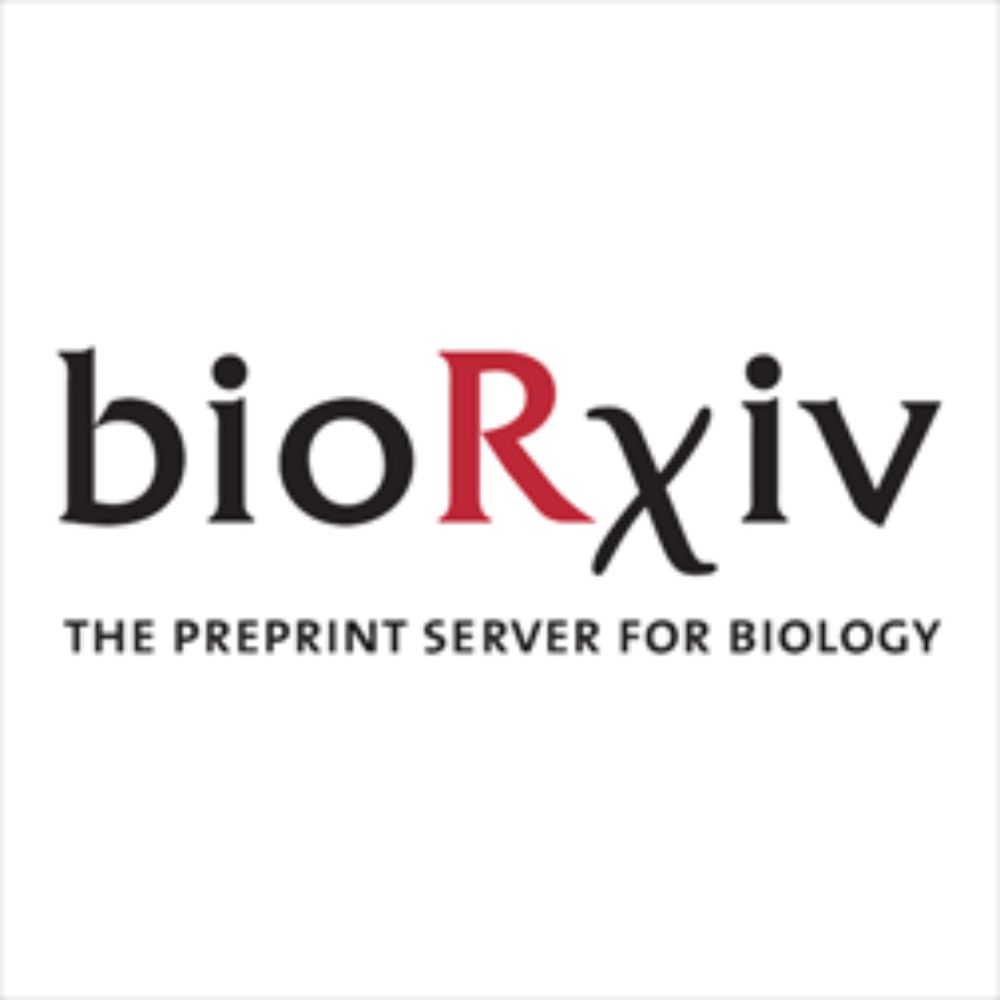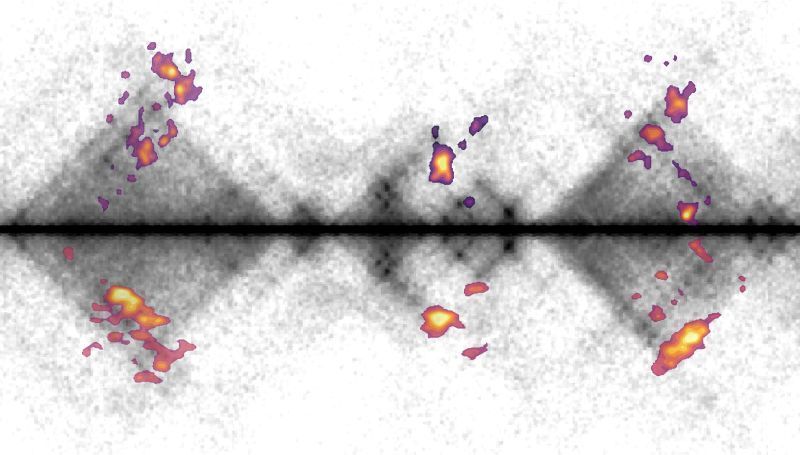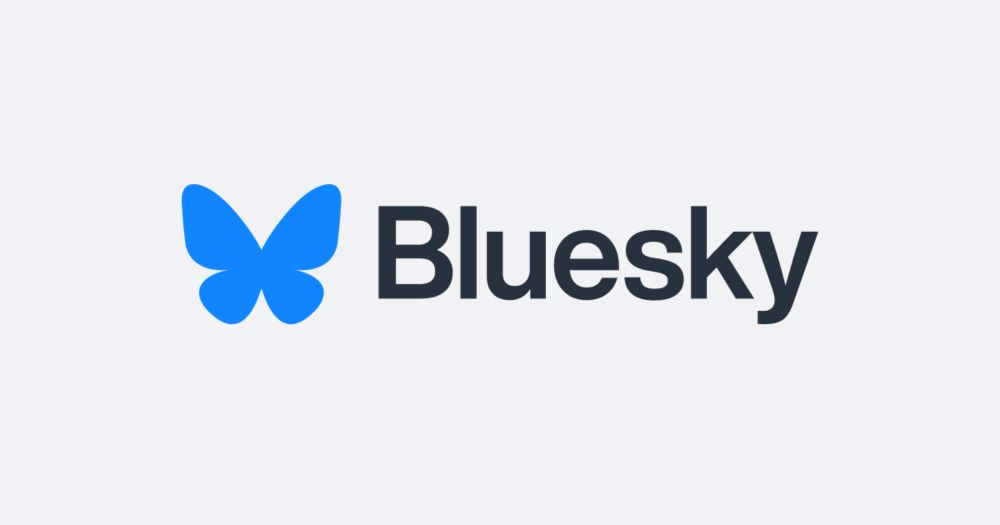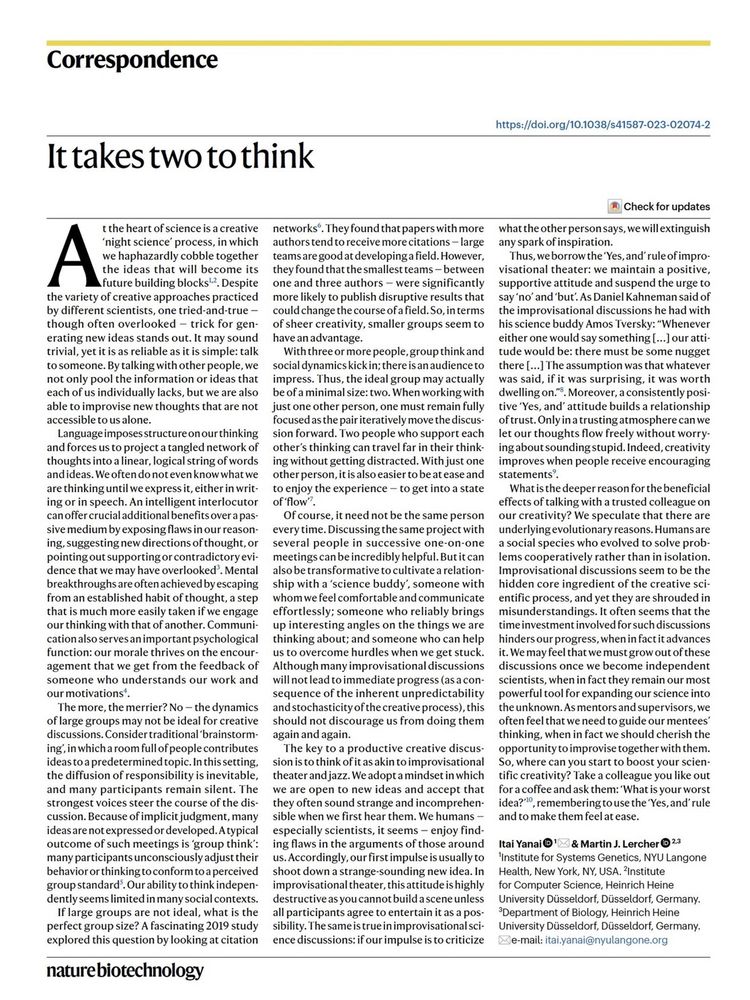
Postdoctoral fellow single-cell multimodal epigenomics @ Jop Kind / Hubrecht Institute
www.nature.com/articles/s41...

www.nature.com/articles/s41...
When we trick LLMs with secret #RStats transformations, they can miss the visual contradiction.
bluffbench helps us measure this "blind spot" in AI coding agents. Learn more: posit.co/blog/introdu...

When we trick LLMs with secret #RStats transformations, they can miss the visual contradiction.
bluffbench helps us measure this "blind spot" in AI coding agents. Learn more: posit.co/blog/introdu...
I use it in talks because it's pretty and also because, as an audience member, I am perpetually squinting at people's slides

I use it in talks because it's pretty and also because, as an audience member, I am perpetually squinting at people's slides
It's a showdown: Paperpile vs. ReadCube Papers. What's your go-to and why?
#Academia #Paperpile #ReadCube
It's a showdown: Paperpile vs. ReadCube Papers. What's your go-to and why?
#Academia #Paperpile #ReadCube

go.nature.com/3UhImt0

go.nature.com/3UhImt0
www.biorxiv.org/content/10.1...
1/

www.biorxiv.org/content/10.1...
1/
Ever wondered how cells prepare their genomes to enable new cell-fates? In this team up with the Kind lab, we show that genes are repositioned in the nucleus to get ready for future activation and tissue formation. Read 🧵👇 to find out how and when this happens!
doi.org/10.1101/2025...

Ever wondered how cells prepare their genomes to enable new cell-fates? In this team up with the Kind lab, we show that genes are repositioned in the nucleus to get ready for future activation and tissue formation. Read 🧵👇 to find out how and when this happens!
doi.org/10.1101/2025...
Excited to share our work on "Ab-trapping," an antibody artifact causing misleading peripheral ("rim") staining in imaging & genomics (IF, CUT&Tag, CUT&RUN). Antibodies fail to penetrate structures, accumulating at the periphery. A 🧵👇
doi.org/10.1101/2025...

Excited to share our work on "Ab-trapping," an antibody artifact causing misleading peripheral ("rim") staining in imaging & genomics (IF, CUT&Tag, CUT&RUN). Antibodies fail to penetrate structures, accumulating at the periphery. A 🧵👇
doi.org/10.1101/2025...
www.biorxiv.org/content/10.1...
Huge congrats to Anusri! This was quite a slog (for both of us) but we r very proud of this one! It is a long read but worth it IMHO. Methods r in the supp. materials. Bluetorial coming soon below 1/
www.biorxiv.org/content/10.1...
Huge congrats to Anusri! This was quite a slog (for both of us) but we r very proud of this one! It is a long read but worth it IMHO. Methods r in the supp. materials. Bluetorial coming soon below 1/
biorxiv.org/content/10.1101/2024.12.11.627935v1

biorxiv.org/content/10.1101/2024.12.11.627935v1
Amazing work by Kim de Luca & Pim Rullens. Wonderful collaboration with the Legube lab, @mariekeoudelaar.bsky.social & @jjachowicz.bsky.social . rdcu.be/d0ZAM

Amazing work by Kim de Luca & Pim Rullens. Wonderful collaboration with the Legube lab, @mariekeoudelaar.bsky.social & @jjachowicz.bsky.social . rdcu.be/d0ZAM
2.Go back and forth between day and night science
3. Give adequate attention to the thinking and analysis aspects of research
4. Do your go-no-go experiments early on to avoid wasting time
5. Face risk early
And more 👇🏾
nightscience.buzzsprout.com/1744020/epis...

2.Go back and forth between day and night science
3. Give adequate attention to the thinking and analysis aspects of research
4. Do your go-no-go experiments early on to avoid wasting time
5. Face risk early
And more 👇🏾

docs.bsky.app/docs/advance...
#AcademicSky #HigherEd #Altmetrics

docs.bsky.app/docs/advance...
#AcademicSky #HigherEd #Altmetrics


